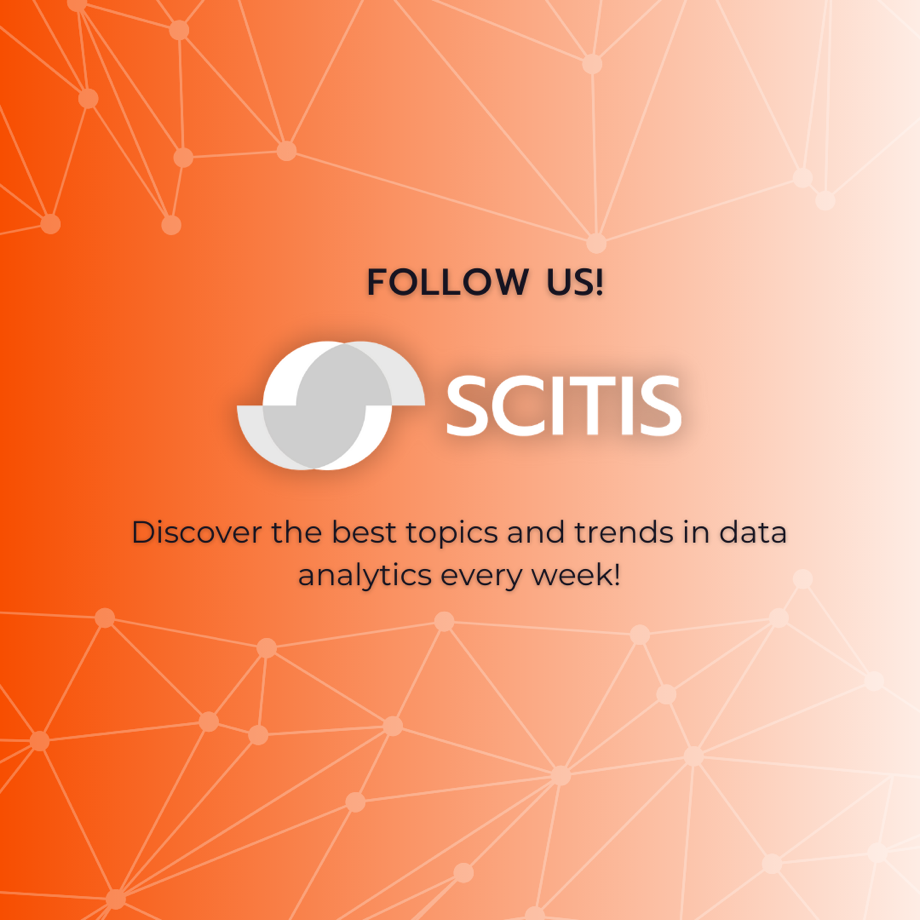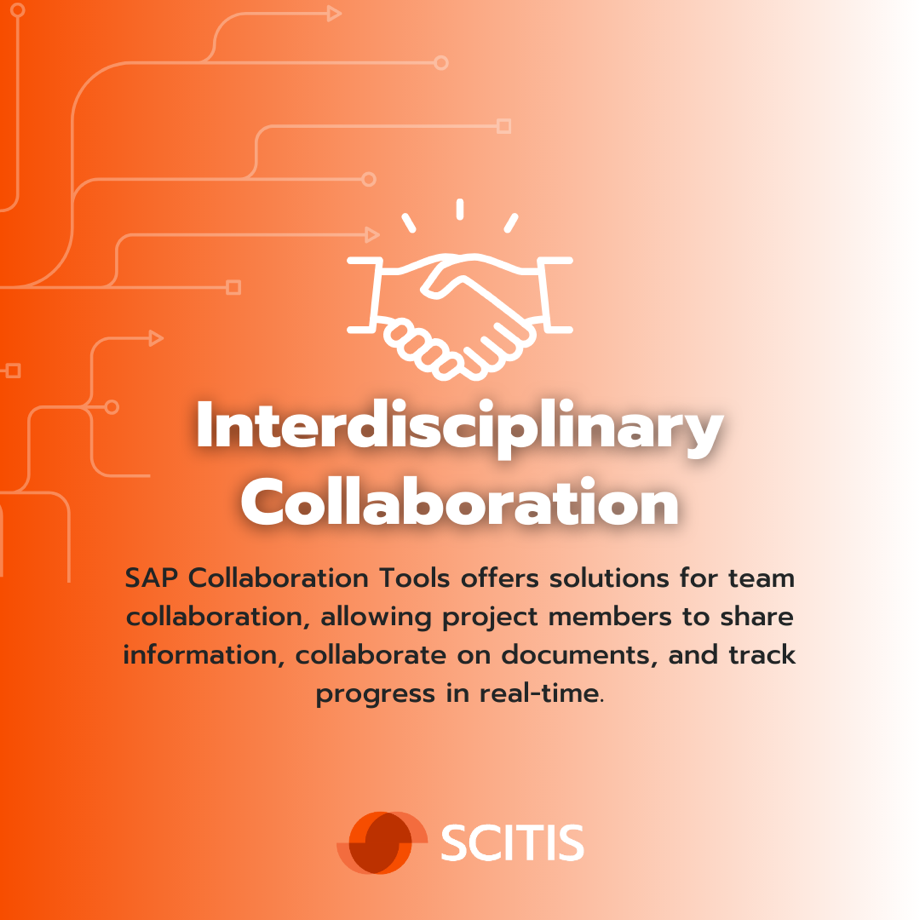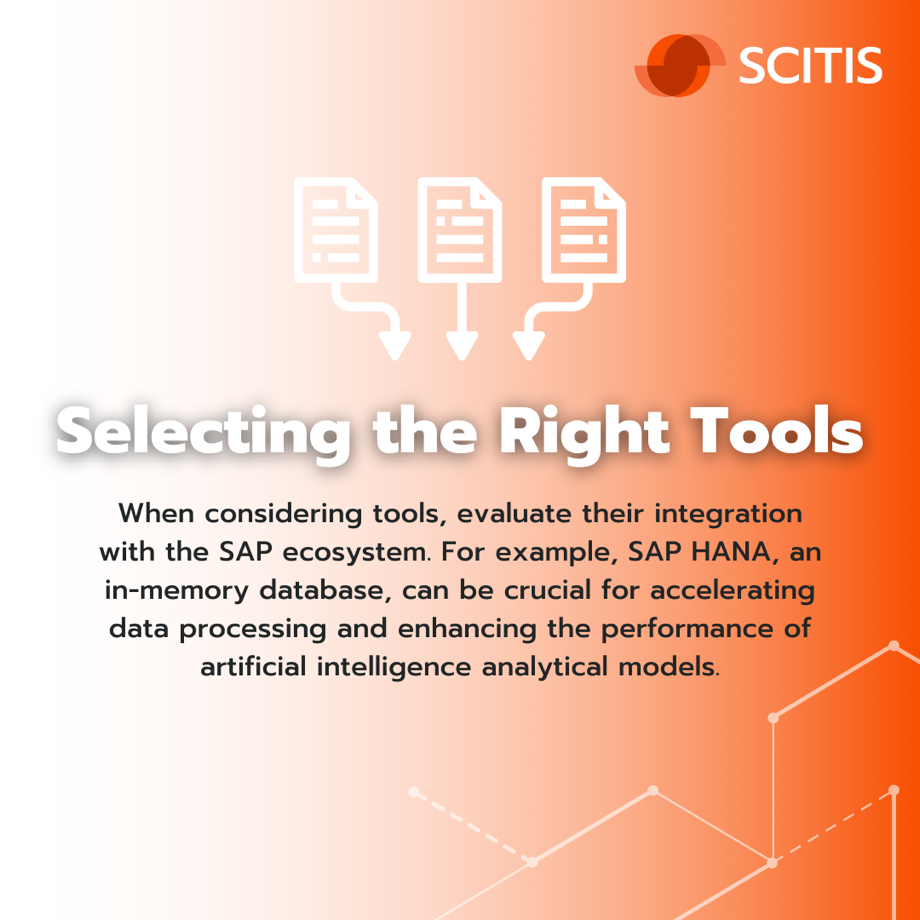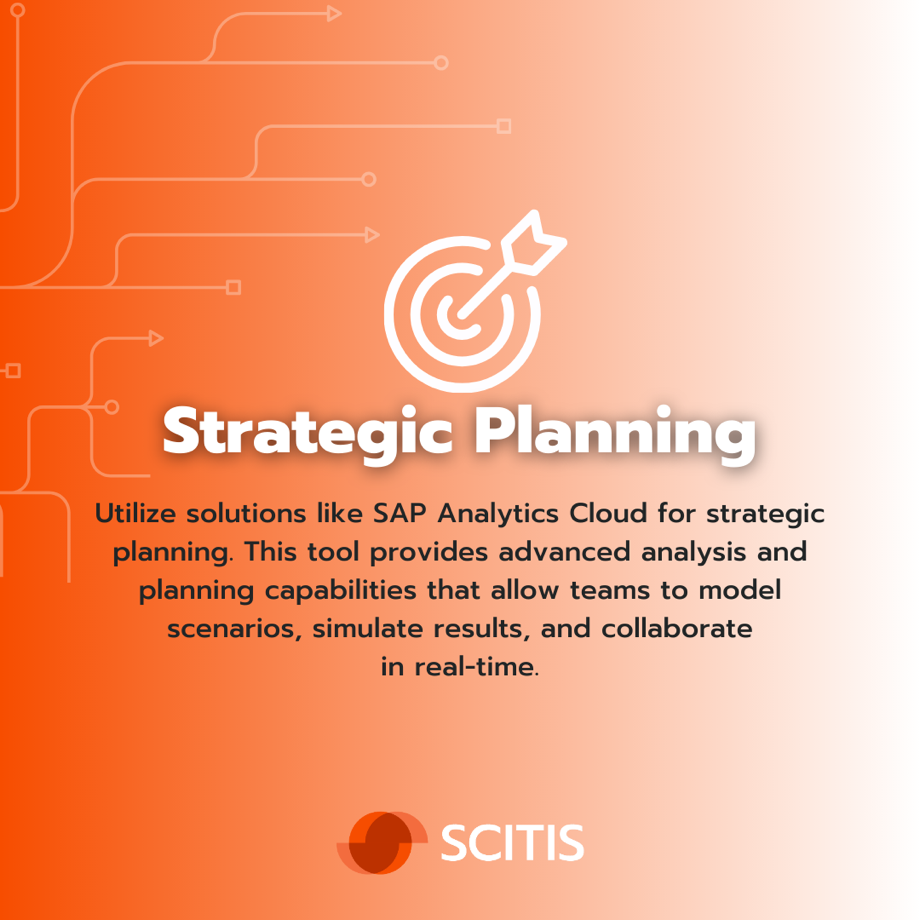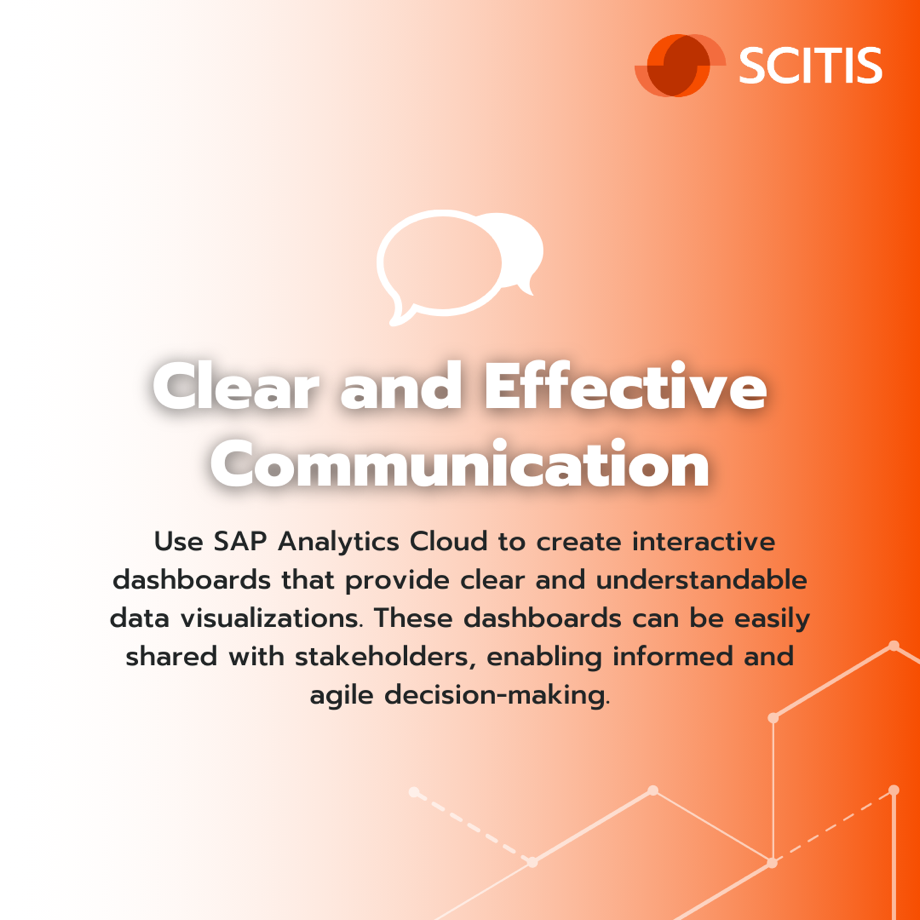In today’s data-driven age, organizations are submerged in an ocean of information. The ability to extract value from this data is crucial for strategic decision-making. In this context, data analytics projects have become essential to staying competitive and agile in an ever-evolving market.
Effective management of analytical projects requires not only careful planning and selecting the right tools but also seamless collaboration between teams and clear, effective communication. In this article, we’ll explore practical tips for managing data analytics projects, with a particular focus on SAP tools and their relation to artificial intelligence analytical models.
1. Strategic Planning
Before embarking on any analytics project, it’s essential to have a clear understanding of the business objectives you aim to achieve. This involves defining the project’s specific goals, identifying key performance metrics (KPIs), and understanding how data analysis can drive these goals.
SAP Tip: Utilize solutions like SAP Analytics Cloud for strategic planning. This tool provides advanced analysis and planning capabilities that allow teams to model scenarios, simulate results, and collaborate in real-time.
2. Selecting the Right Tools
Choosing the right tools is a critical step in managing analytical projects. Solutions such as SAP BusinessObjects Business Intelligence (BI) offer a wide range of capabilities for data visualization, reporting, and predictive analysis.
SAP Tip: When considering tools, evaluate their integration with the SAP ecosystem. For example, SAP HANA, an in-memory database, can be crucial for accelerating data processing and enhancing the performance of artificial intelligence analytical models.
3. Interdisciplinary Collaboration
Analytical projects often require collaboration among multidisciplinary teams, ranging from data analysts to business domain experts. It’s essential to establish effective communication channels and foster a collaborative working environment.
SAP Tip: SAP Collaboration Tools offers solutions for team collaboration, allowing project members to share information, collaborate on documents, and track progress in real-time.
4. Clear and Effective Communication
Transparent communication is the cornerstone of any successful project. Project leaders must ensure all team members are aligned with objectives, understand their roles and responsibilities, and are informed about project progress.
SAP Tip: Use SAP Analytics Cloud to create interactive dashboards that provide clear and understandable data visualizations. These dashboards can be easily shared with stakeholders, enabling informed and agile decision-making.
Relationship between SAP Tools and Artificial Intelligence Analytical Models
SAP tools and artificial intelligence analytical models are closely related in the management of analytical projects. SAP offers a variety of solutions ranging from SAP Leonardo (for AI and Machine Learning) to SAP Predictive Analytics (for predictive analysis).
These tools enable organizations to develop advanced AI models that can analyze large volumes of data to gain valuable insights. For example, with SAP Leonardo, companies can deploy Machine Learning models to predict market trends, identify growth opportunities, and optimize operations.
In conclusion, effective management of analytical projects in the SAP environment requires a combination of strategic planning, selecting the right tools, interdisciplinary collaboration, and clear communication. By leveraging SAP tools and artificial intelligence analytical models, organizations can derive significant value from their data and make informed, agile business decisions.
These tips offer a solid guide for those looking to maximize the value of their analytical projects, especially in the SAP environment. If you need more details on any particular section or wish to delve into a specific aspect further, please feel free to contact us.

